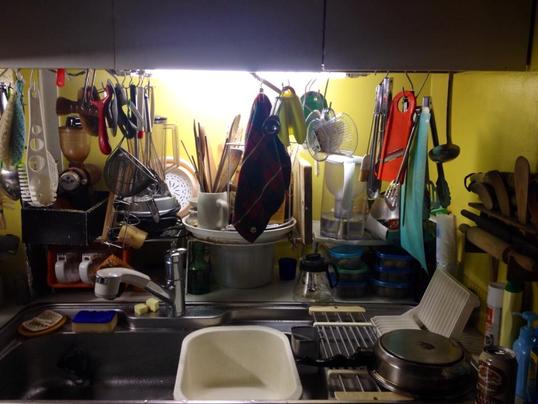
It may be odd that I'm writing about a Japanese kitchen in a blog focused on urban design, but I was struck with the parallels between this Japanese kitchen and the lively and engaging urban spaces in Tokyo. And furthering the culinary link, while in China and Japan on this trip, I spent a lot of time thinking about food, and how good food and good urban spaces have certain key things in common. More on this later.
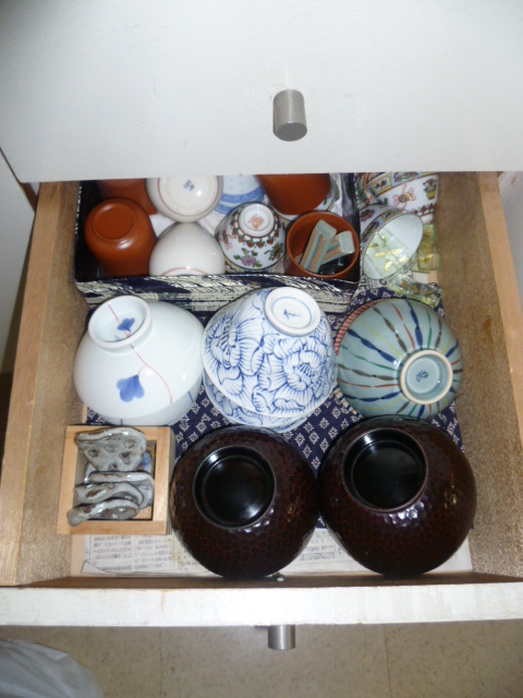 Drawer with bowls, chopstick holders and small tea cups.
Drawer with bowls, chopstick holders and small tea cups. In the pictures below you get a peek into four cupboards in Sachiko's kitchen. Here are arrayed the widely varied set of dishes required for Japanese cuisine. The Japanese do not generally eat meals on one large plate. Instead, each individual food item (and in a typical Japanese meal there are many items) has its own, often small, dish.
You can see that even the western-style coffee and tea cups hanging in one cabinet are different and not matching. It's an extra pleasure to have a different, beautiful cup with your coffee every morning. The visual and tactile dimension of dishes is very important to the Japanese.
Let me add that while staying with Sachiko's family for 10 days, the morning coffee was meticulously and artfully prepared by Sachiko's husband, my good friend Nozomu.
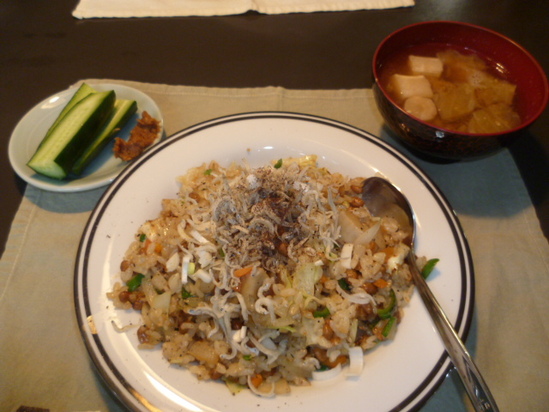 A mouthwatering plate of natto (fermented beans) fried rice with chirimen jako (dried small fish).
A mouthwatering plate of natto (fermented beans) fried rice with chirimen jako (dried small fish). One of the keys to good Japanese cooking is a fine balancing of quality, fresh ingredients in complex combinations of subtle flavors, smells and satisfying textures.
The picture above is a very simple example of the unexpected combinations that Sachiko puts together that taste simply amazing. This is probably not a dish that Sachiko would like me to post, because it was something she just threw together quickly, but it shows her sophisticated understanding of food and how flavors, smells and textures complement each other. There is a bowl of miso soup at the top right, cucumbers with miso paste top left, and a plate of Japanese-style fried rice featuring natto (a strong-smelling, sticky form of fermented soy beans) and chirimen jako (chewy, dried baby sardines). It was bliss.
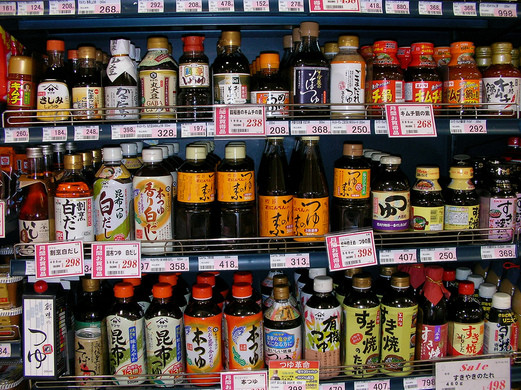 A range of cooking sauces
A range of cooking sauces A typical American faced with a basket filled with a normal day's food shopping in Japan would be at a loss. I don't imagine they would find anything edible or have any clue how to put together a meal using the ingredients. I smiled while recently standing in line and peering into the shopping baskets of those around me. It was marvelous to see so many people with an intimate connection to cooking and what I imagined to be an ability to prepare an excellent meal using all sorts of fresh seafood and vegetables.
Below is a sampling of the types of delicious food Sachiko prepares at home on a daily basis.
A great neighborhood has a variety of shops, businesses, restaurants and residential buildings, and lots of people of all sorts walking, shopping, riding their bicycles and even passing by in buses and cars. No single element (like a huge road with speeding cars) should dominate the scene. It may not always be pretty, but it will be comfortable, convenient and engaging. People will be drawn to a good neighborhood. In Tokyo there are so many neighborhoods of this kind, tightly packed with attractive and enticing features, and with a constant stream of people engaged in many different activities. Neighborhoods such as this are exciting and make you feel like you're in the midst of something wonderful.
The elements and features that make up a wonderful neighborhood are much like the ingredients found in great food. Quality ingredients skillfully combined, and served in beautiful dishes, create excellent cuisine. Likewise, the quality and complexity of elements, naturally fused over years, create wonderful neighborhoods. In my next posting on Tokyo, I will go into the details of the 'recipe' for a good neighborhood.
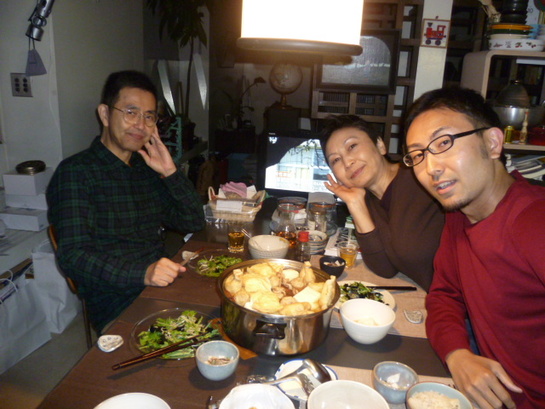
In the picture to the right, we are just about to enjoy a dinner of oden, one of my favorite winter foods in Japan.
Nozomu (the family intellectual) sits on the left. Sachiko (the gifted chef and one of the highest energy people I have ever met) on the right. And Rui (their very kind, smart and hospitable son) in front. Life is good with friends like these.
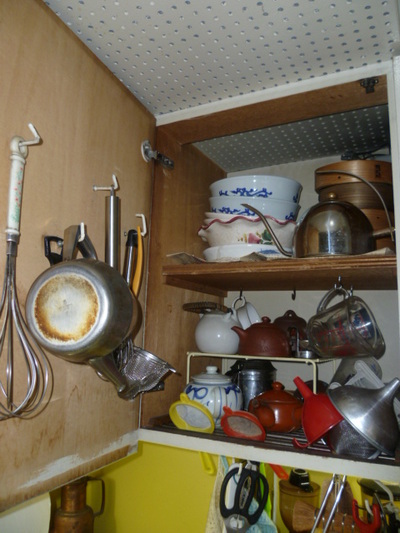
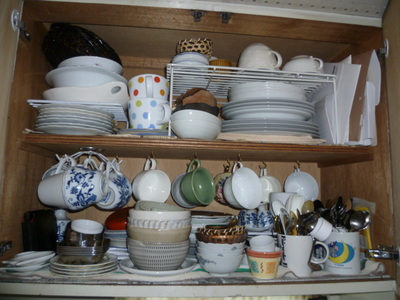

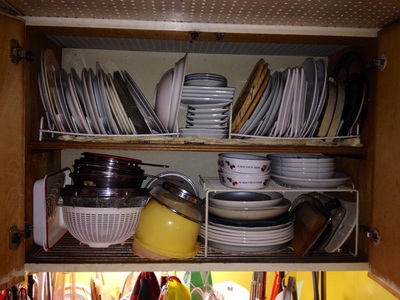
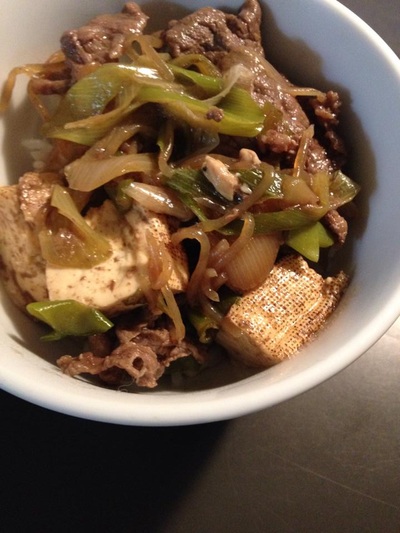
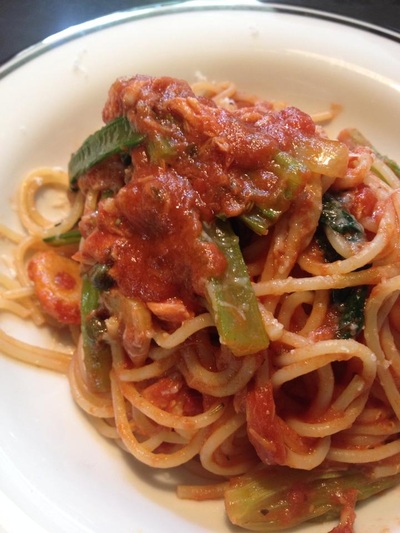
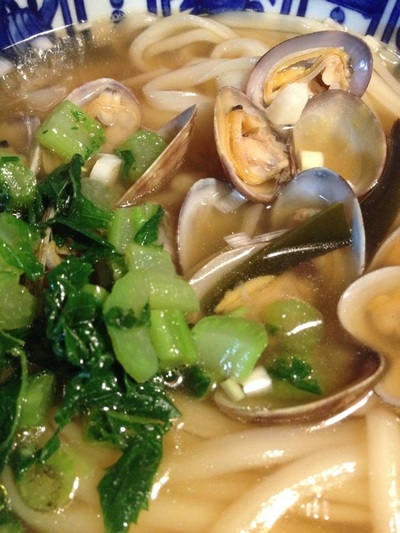
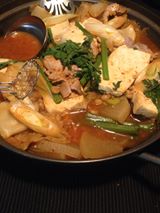
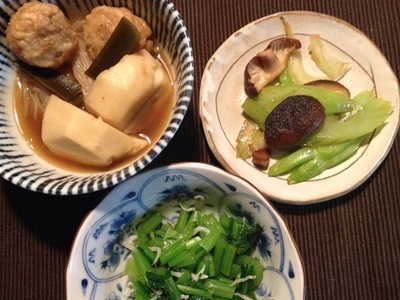
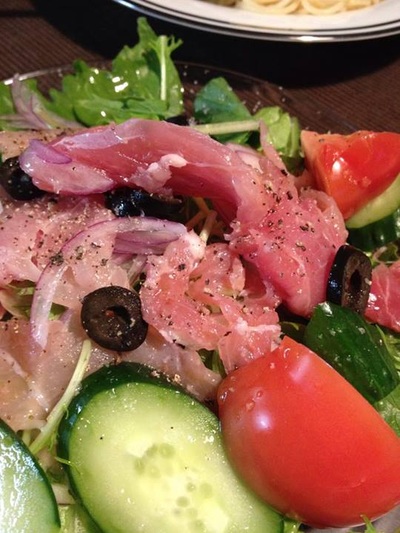
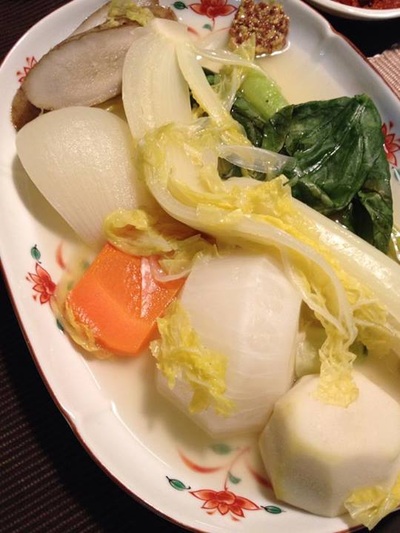
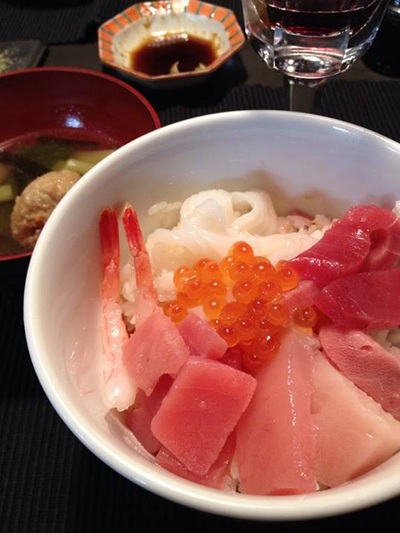
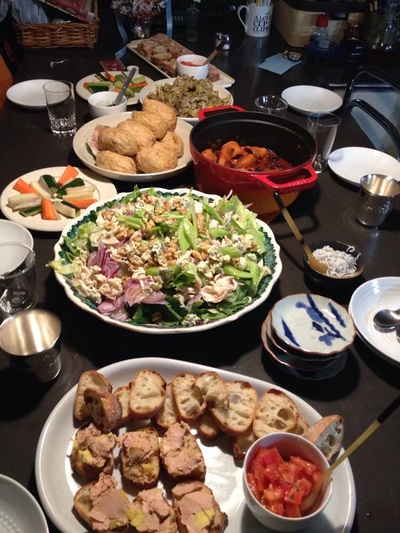
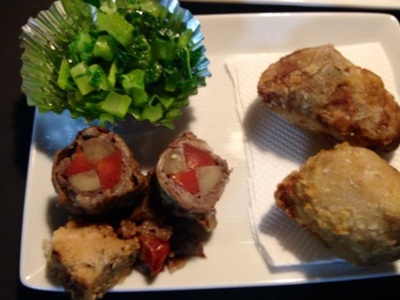
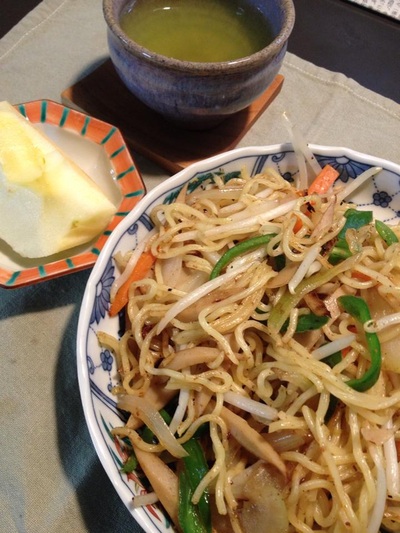
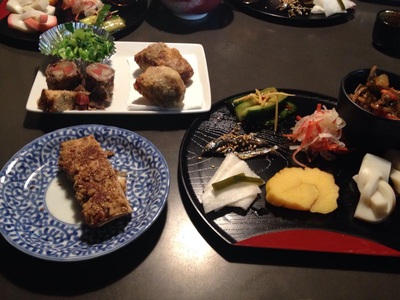
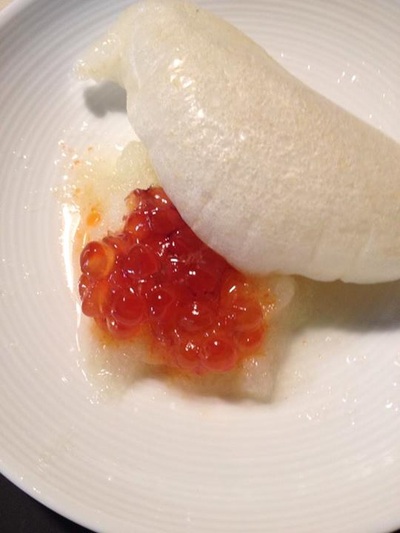
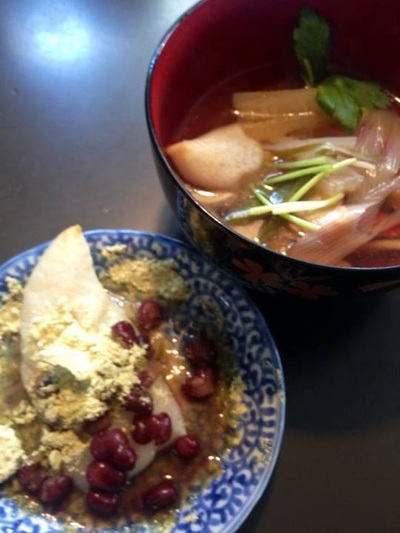
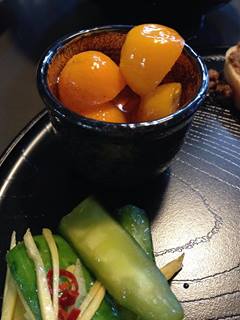

 RSS Feed
RSS Feed

